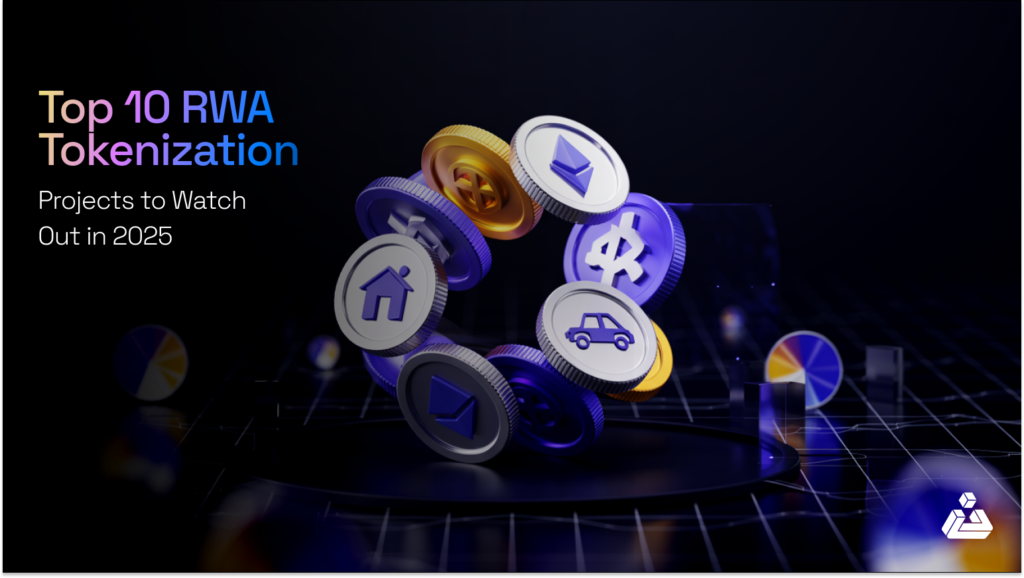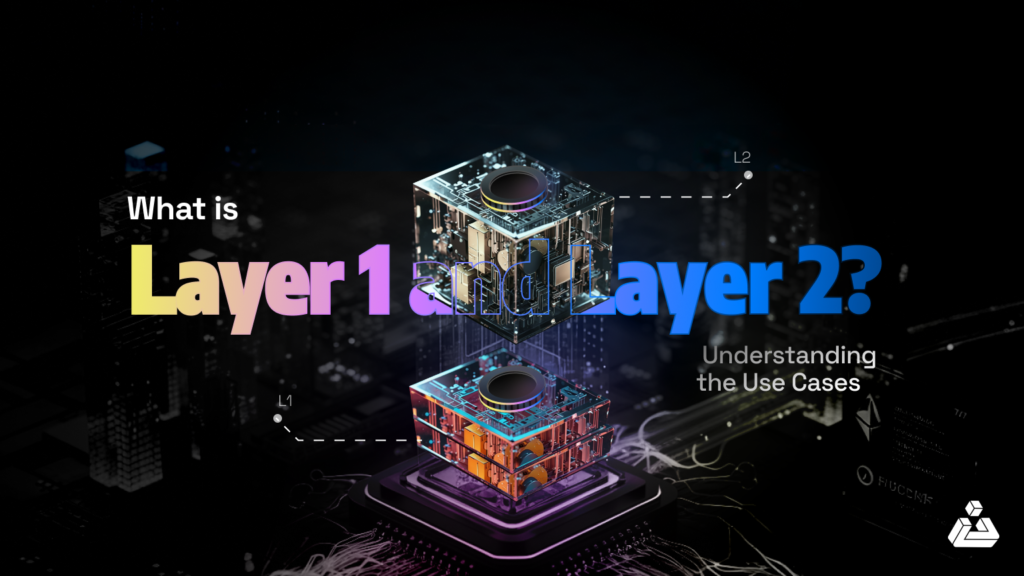Atomicals provide the platform for the creation and management of ARC-20 tokens. ARC-20 is a standard for issuing fungible tokens on the Bitcoin blockchain, similar to how ERC-20 functions on Ethereum. This article delves into ARC-20 tokens and Atomicals, exploring their mechanics, benefits, and potential impact on Bitcoin’s future.
As the Bitcoin blockchain continues to evolve, new protocols and standards emerge to expand its functionality beyond its original intent as a peer-to-peer digital currency. One such development is the introduction of the ARC-20 standard, which brings fungible tokens to the Bitcoin network using satoshis — the smallest units of Bitcoin — as the underlying asset. Alongside this, the Atomicals protocol offers a unique approach to managing and creating digital assets on Bitcoin, further showcasing its adaptability and potential.
What are Atomicals?
The Atomicals protocol facilitates the creation and management of diverse digital assets on the Bitcoin blockchain. It uses a system of “colored coins” to link individual satoshis to specific assets, thereby creating a new layer of digital asset representation. Atomicals and ARC20 are closely related, as Atomicals is the platform that enables the creation and management of ARC20 tokens.
What Are Colored Coins?
Colored coins are a method used on the Bitcoin blockchain to assign a specific value or property to particular satoshis, essentially “coloring” them to represent something beyond just Bitcoin. The term was created by Yoni Assia, who co-authored a 2013 whitepaper ‘Colored Coins’ with Ethereum creator Vitalik Buterin. This concept allows a satoshi to be more than just a fraction of Bitcoin—it can become a digital asset representing anything from a token to a piece of digital art. The idea of colored coins, which aimed to represent different assets on a blockchain, laid the groundwork for Ethereum’s innovation. By introducing smart contracts, Ethereum expanded on this concept, allowing for the creation of customizable tokens and decentralized applications.
In the Atomicals protocol, colored coins are used to create unique digital assets backed by these “colored” satoshis. This approach enables secure and transparent asset management, as each “colored” satoshi retains its associated value or property throughout its lifetime on the blockchain. By linking digital assets to Bitcoin, colored coins provide a reliable and decentralized way to manage digital property, ensuring that the assets can’t be accidentally spent or transferred like regular Bitcoin.
Why Use Atomicals?
The Atomicals specification offers a minimalistic yet robust way to manage digital property on blockchains such as Bitcoin. Its simplicity ensures that Atomicals cannot be accidentally spent as miner fees and that ownership transfers can be easily verified without relying on third parties or requiring an indexer. Atomicals maintain a self-evident digital object history, making them perfect for applications needing high security and decentralized verification.
Key Features of Atomicals
- Digital Collectibles and Media: Ideal for creating and managing digital art, music, and collectibles.
- Digital Identity and Authentication: Secure digital identities and token-gated content.
- Web Hosting and File Storage: Decentralized web hosting and secure file storage.
- Peer-to-Peer Exchange: Facilitates atomic swaps and peer-to-peer exchanges.
- Digital Namespace Allocation: Manages domain names and digital identities.
- Virtual Land and Title Registries: Secure virtual real estate and title registrations.
- Dynamic Objects for Games: Supports game assets and dynamic state updates.
- Social Media Profiles and Communities: Decentralized social media applications.
The protocol’s philosophy emphasizes maintaining a complete transaction history for each Atomical, ensuring transparency and authenticity without relying on centralized services or trusted indexers.
How Do Atomicals Work?
Colored Coins
Colored coins are a method of associating a particular value or property with specific satoshis. By “coloring” a satoshi, Atomicals can create unique digital assets backed by Bitcoin’s smallest unit. This method enhances data storage options and eliminates the risk of accidentally transferring assets when sending Bitcoin.
Detailed Transaction History
Each Atomical asset carries a complete transaction history from its creation to its most recent transfer. This feature provides an accurate means of tracking token movements and ownership, enhancing transparency and trust in the system.
What is ARC-20?
ARC-20 is a standard for creating fungible tokens on the Bitcoin blockchain, akin to the ERC-20 standard on Ethereum. Each ARC-20 token is backed by a satoshi, ensuring a minimum value and seamless integration with Bitcoin’s existing infrastructure. This system enables the representation of various assets on Bitcoin while maintaining the intrinsic value and security associated with Bitcoin itself.
How Do ARC-20 Tokens Work?
Satoshi-Backed Tokens
Each ARC-20 token is directly tied to a satoshi, providing inherent value and leveraging Bitcoin’s robust security. This linkage means that every token is underpinned by the reliability and widespread acceptance of Bitcoin, making ARC-20 tokens a stable and secure asset class.
Flexible Minting Processes
ARC-20 offers two primary methods for minting tokens: decentralized and direct minting.
- Decentralized Minting: This method involves setting up parameters such as the per mint award, total mints allowed, and start block height. It allows for a controlled and customizable token creation process, making it ideal for gradual distribution or tokens with specific start conditions.
- Direct Minting: In this method, the entire token supply is created in a single output, with each satoshi representing a token unit. The creator must commit an equivalent amount of Bitcoin, ensuring credibility and reducing fraudulent activities. This approach is suited for entities that need full control over token distribution.
Ticker Symbol Service
ARC-20 introduces a unique ticker symbol service, providing permanent and globally recognized names for tokens. Once a ticker is registered, it is set for good, avoiding duplication and enhancing clarity in the digital asset space.
ARC-20 vs. BRC-20
While both ARC-20 and BRC-20 tokens aim to enhance Bitcoin’s utility by introducing fungible tokens, they differ in their underlying infrastructure and implementation.
- BRC-20: These tokens inscribe metadata directly onto individual satoshis, which can complicate transactions and risk accidental transfers.
- ARC-20: By linking tokens to satoshis and using colored coins, ARC-20 offers greater flexibility, better data storage options, and eliminates the risk of unintentional transfers.
Benefits of the Atomicals Protocol
Enhanced Asset Management
ARC-20 tokens streamline the creation and management of native digital assets on Bitcoin, making asset management more efficient and secure.
Improved Scalability
The Atomicals protocol offers a versatile framework for building various tokenized assets, expanding Bitcoin’s utility beyond simple transactions.
Increased Security
By backing each token with a satoshi and using Bitcoin’s established infrastructure, ARC-20 tokens, and Atomicals ensure a high level of security and trustworthiness.
Flexible Minting Options
Both decentralized and direct minting methods cater to diverse asset creation needs, providing flexibility for different use cases.
Trading ARC-20 Tokens
ARC-20 tokens are integrated into several Bitcoin-native marketplaces such as UniSat Marketplace and SatsX. Additionally, some of the larger ARC-20 coins are available on centralized exchanges, providing more avenues for trading and utilization.
Atomicals vs. Ordinals vs. ERC721
Comparing Atomicals with other non-fungible token (NFT) protocols highlights its unique features and advantages:
|
Feature |
Atomicals |
Ordinals |
Ethereum ERC721 |
| Value Proposition | Digital Objects | Digital Artifacts | Digital Collectibles |
| Blockchains | Bitcoin and all UTXO blockchains | Bitcoin and all UTXO blockchains | Ethereum EVM compatible blockchains |
| Mint Technique | Commit & reveal w/ “atom” envelope | Commit & reveal w/ “ord” envelope | Fund and deploy contract account |
| Data Storage | Store one or multiple files | Store only one file | Not defined |
| Dynamic State | Define and update app state | Not defined | Not defined |
| Validation | Via “electrumx” indexer, client-side possible | Via “ord” indexer, client-side possible | Trusts Ethereum EVM nodes |
| Indexing | Relies on “electrumx” atomicals indexer | Relies on “ord” indexer | Uses native Ethereum nodes |
| Address Format | P2TR (Taproot) addresses | P2TR (Taproot) addresses | Uses Ethereum Account address |
| Collections | “Container” NFT for collections | Parent-child relationships (in progress) | Separate ERC standard |
| Atomic Swaps | Partially Signed Bitcoin Transactions (PBSTs) | Partially Signed Bitcoin Transactions (PBSTs) | Separate ERC standard |
| Fungible Tokens | ARC-20 using Satoshis | Not provided, “BRC20” via JSON | ERC20 tokens |
| Name Service | Realms as first-class NFTs | “.names” and “.sats” protocols | ENS and Unstoppable Domains |
Source: https://github.com/atomicals-community/atomicals-guide
Future Trends
As the blockchain space evolves, lightweight and post-quantum cryptography will play an increasingly important role in securing emerging technologies like Atomicals and ARC-20 tokens.
Lightweight cryptography aims to deliver robust security while minimizing the computational resources required, making it ideal for devices with limited processing power, such as IoT devices, mobile phones, and embedded systems. As the Bitcoin ecosystem, including protocols like Atomicals and ARC-20 tokens, grows in complexity and scale, the efficiency of cryptographic operations becomes increasingly critical.
For Atomicals and ARC-20 tokens, the integration of lightweight cryptography could lead to several key benefits:
- Improved Transaction Speeds: Lightweight cryptographic algorithms could significantly reduce the time required to validate transactions, enhancing the efficiency of digital asset management.
- Reduced Energy Consumption: Optimizing cryptographic processes with lightweight algorithms can lower the energy footprint of transactions, addressing environmental concerns associated with blockchain technology.
- Broader Accessibility: The reduced computational demands could enable a wider range of devices to participate in the Bitcoin network, potentially expanding the user base for Atomicals and ARC-20 tokens.
Post-quantum cryptography refers to cryptographic algorithms designed to withstand the potential threats posed by quantum computers, which have the capability to break current cryptographic methods. As quantum computing advances, ensuring the security of digital assets like Atomicals and ARC-20 tokens becomes increasingly crucial.
The impact of post-quantum cryptography on Atomicals and ARC-20 tokens may include:
- Enhanced Long-Term Security: By incorporating post-quantum cryptographic techniques, Atomicals, and ARC-20 tokens can be safeguarded against the future computational power of quantum computers, ensuring the integrity and security of these digital assets.
- Seamless Transition: The adoption of post-quantum cryptography could be designed to integrate smoothly with existing systems, allowing users to manage and transfer their digital assets without disruption as the underlying cryptographic standards evolve.
- Increased Trust and Adoption: As concerns about quantum computing grow, digital assets secured by post-quantum cryptography are likely to be viewed as more secure and trustworthy, potentially driving greater adoption of Atomicals and ARC-20 tokens.
Conclusion
The introduction of the Atomicals Protocol and ARC-20 tokens represents a significant advancement in the Bitcoin ecosystem. These innovations enable the creation, management, and transfer of digital assets on Bitcoin, broadening its use beyond traditional financial transactions. By providing a secure and flexible infrastructure for digital objects and fungible tokens, Atomicals and ARC-20 open new opportunities in decentralized finance, digital identity, gaming, and beyond. This evolution marks a pivotal step towards a more decentralized and secure digital future.
FAQs
Q: What are Atomicals?
A: Atomicals are digital objects or assets on the Bitcoin blockchain that can be minted, transferred, and updated using a system of colored coins. They provide a way to manage digital property with high security and decentralized verification.
Q: Where can I buy Atomicals?
A: Atomicals can be purchased on Bitcoin-native marketplaces such as UniSat Marketplace and SatsX. Availability may vary, so checking multiple platforms is recommended.
Q: What is the Atomicals protocol for Bitcoin?
A: The Atomicals protocol is a set of simple rules for creating, transferring, and updating digital objects on Bitcoin. It ensures the self-evident history of digital assets without needing centralized services or trusted indexers.
Q: What is an ARC-20 token?
A: ARC-20 is a standard for fungible tokens on the Bitcoin blockchain, backed by satoshis. It allows for flexible token creation and management, leveraging Bitcoin’s security and infrastructure for stable and secure digital assets.
Read more:































